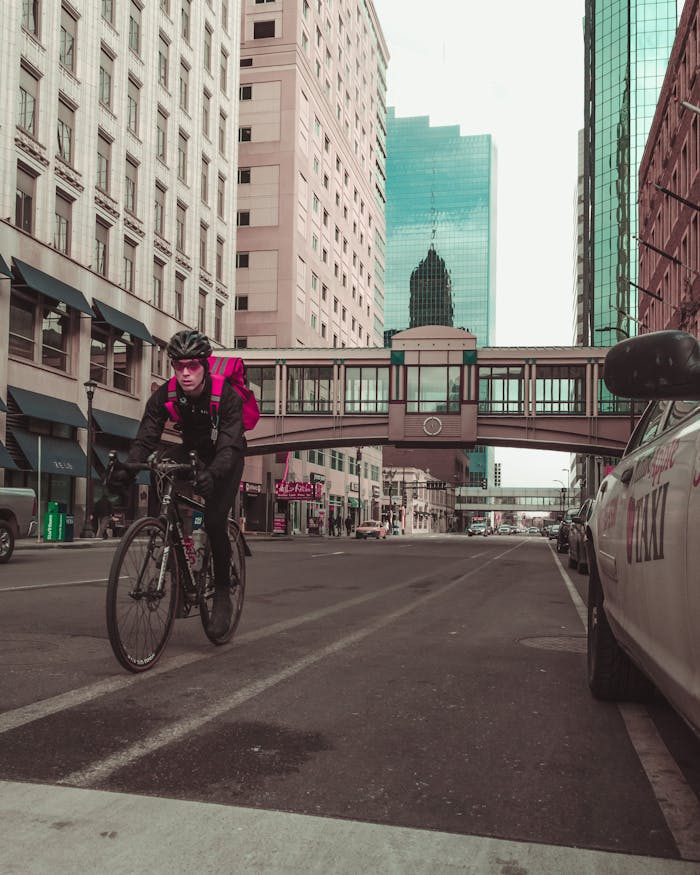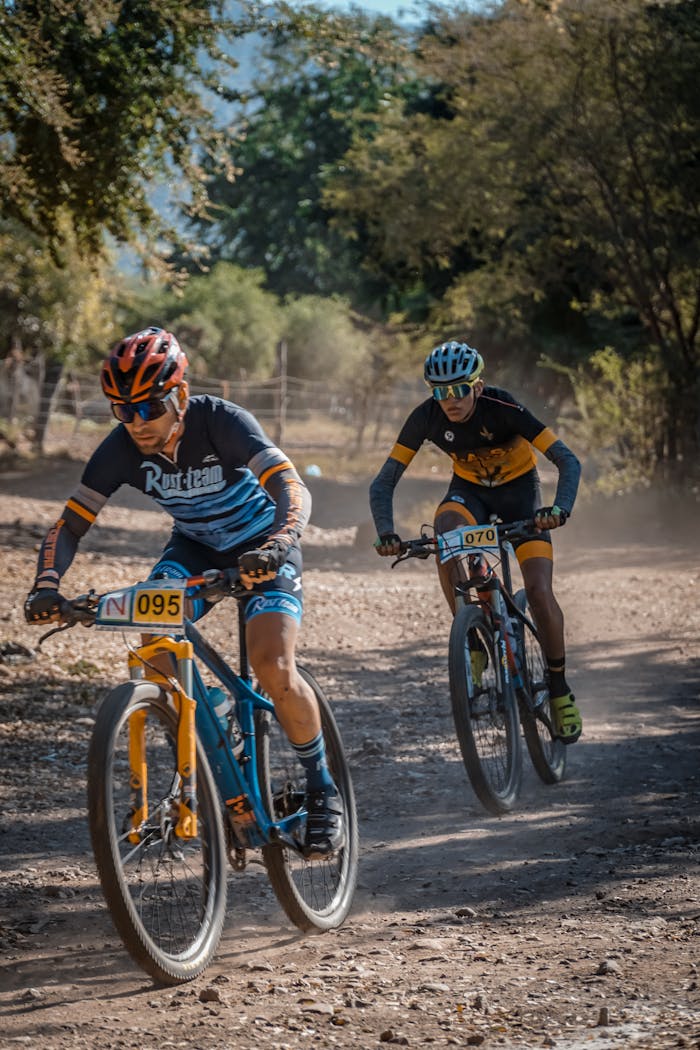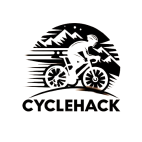Unleashing Creativity to Overcome Cycling Barriers
Imagine a tangible solution, like a prototype gadget or a clever campaign, that tackles a specific obstacle people face when cycling. That’s a CycleHack! It can be anything from a DIY bike modification to a community event promoting cycling safety.
Breaking Down BarriersYour Attractive Heading
Anything that discourages someone from cycling is a barrier. CycleHacks address a wide range of issues, from navigating tricky intersections to encouraging women and people with disabilities to ride. We go beyond just bike lanes and delve into the bigger picture.
The CycleHack Toolbox
01

02

03

04

05

